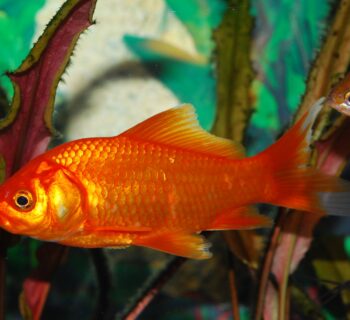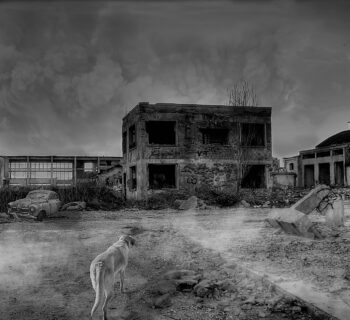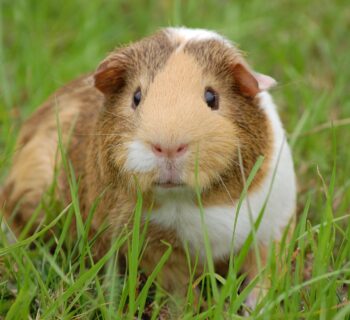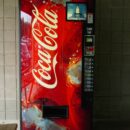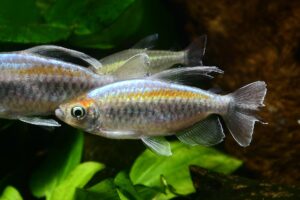 Having started out with freshwater tanks then African Cichlids, and now the king of all tanks, a full blown reef tank, I have had the opportunity to experiment and learn alot regarding the myriad of tropical fish associated with the hobby. From working with small community fish such as Tetras, and Gouramis' to much larger and aggressive species like Jack Dempsey's, Firemouths and Green Terrors. However, their is one tropical characin, in particular, that could give many reef species of fish a run for their money in terms of color and temperament. That fish being the Congo Tetra!
Having started out with freshwater tanks then African Cichlids, and now the king of all tanks, a full blown reef tank, I have had the opportunity to experiment and learn alot regarding the myriad of tropical fish associated with the hobby. From working with small community fish such as Tetras, and Gouramis' to much larger and aggressive species like Jack Dempsey's, Firemouths and Green Terrors. However, their is one tropical characin, in particular, that could give many reef species of fish a run for their money in terms of color and temperament. That fish being the Congo Tetra!
The Congo Tetra(Phennacogrammus interuptus) is found mainly in the country of Zaire in Africa, where is inhibits the river and lakes of the Congo river basin. These characins obtains a length of just four inches, but again the coloration associated with this tetra is phenomenal to say the least as words do not do it justice. They have a silver large opalescent scaled body, with rainbow colors throughout and the light when it hits this fish just right makes it stand out like a 100watt light bulb. Congo tetras usually grow long translucent fins that aids in the fishes popularity and price tag as well. I should also point out that the Congo Tetra is just one of a few Tetras that hail from Africa, as most of the are from South and Central America.
Congos will do best in a freshwater aquarium that is a 30 gallon tank or larger as they spend most of their time darting back and forth within the confines of a tank. A few plants added along with some lava, or other forms of appropriate rock and driftwood will increase the ambiance, environment and eye appeal to the tank and enable the tetras to find tranquility and hiding spaces if need be. It is ideal to house at least 4 Congo Tetras in a tank as they are a community schooling fish, that will tend to be skiddish if housed singly.
The male Congo will have significantly better coloration and longer dorsal and caudal fins than its female counterpart. Breeding these tetras is not as easy as is with their south and central American cousins, but hope is on the horizon.
As far as feeding is concerned, vegetable food should be the staple for the characins with some meaty fare mixed in such as mysis and brine shrimp, daphnia, tubifex and blood worms. Feeding them twice a day is sufficient making sure that you don not over feed, or you run the risk of deteriorating your water quality and allowing nuisance algae to develop! Flake foods and pellet foods can also be fed, though more care must be given with those forms of foods as they are high in nitrates and phosphates due to the process of which the food is made. Also, with the two last stated foods, be careful not to over feed them as the flavor and texture degrade quickly once they enter the water, and in a short period of time your fish will not take interest in the flake or pellet food anymore.
Their peaceful demeanor is great for those interested in replicating a community tropical tank with other species of tetras and other small docile fish. The only problem will become evident with those that decide to try adding a larger More boisterous fish, such as a Severum, Acara, Convict, Firemouth or other type of cichlid. That is one way to cause your Congo's to stress and possibly lead to their demise!
On the whole, these are very vibrant and beautiful community fish that have received numerous accolades and praises because of this and the fact that they get along with most other community tropicals. Ease of feeding and collection are also pluses, with really the only downside to them is the price as they will run you around $6.00-$10.00 a piece, which for small community tropicals, is expensive, comparably speaking.
This is one fish that I am sure many of you will agree with me on. This is a truly gorgeous fish, that will set your tank apart from others and you will be glad that you decided to purchase these gems from Africa.



